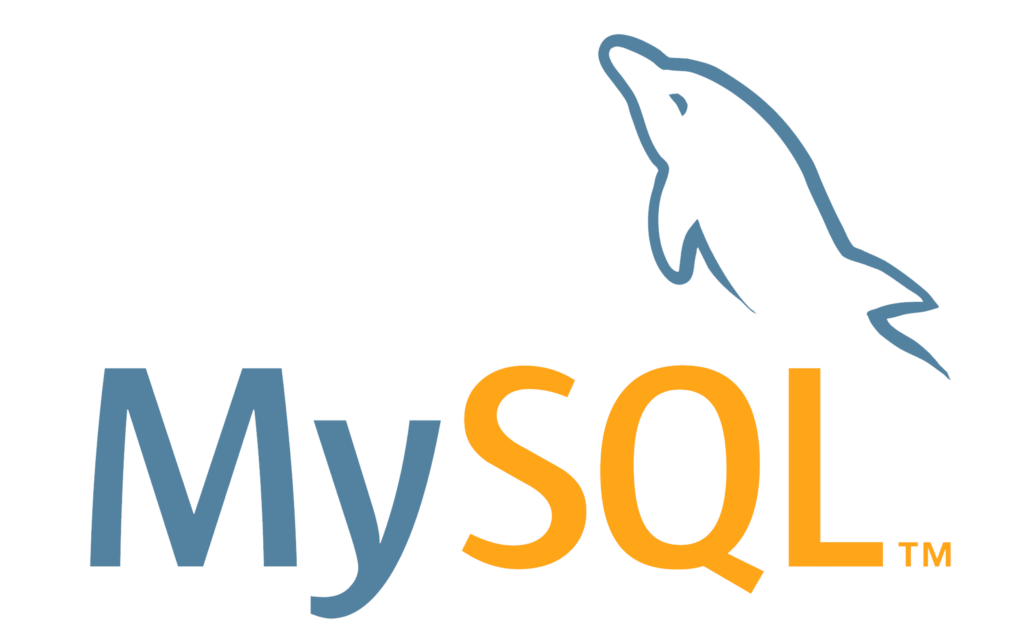
MySQL, the open-source relational database management system, has revolutionized the way we handle and manage data. In this article, we’ll delve into the world of MySQL, exploring its features, benefits, and real-world applications. Whether you’re a business owner, developer, or simply curious about databases, this article will provide you with an in-depth understanding of MySQL’s capabilities.
Table of Contents
- Introduction to MySQL
- The Core Features of MySQL
- Data Storage and Retrieval
- Data Security and Access Control
- Scalability and Performance Optimization
- High Availability and Replication
- Setting Up MySQL: A Step-by-Step Guide
- Installation Process
- Configuration and Initialization
- Creating Databases and Tables
- Querying with SQL: MySQL’s Query Language
- SELECT Statements
- Filtering and Sorting Data
- Joins and Subqueries
- Data Integrity and Transactions
- ACID Properties
- Ensuring Data Consistency
- Indexing for Improved Performance
- Types of Indexes
- Best Practices for Indexing
- Stored Procedures and Functions
- Creating and Using Stored Procedures
- Implementing User-Defined Functions
- MySQL and Web Applications
- PHP and MySQL Integration
- Connecting Python to MySQL
- Backup and Recovery Strategies
- Regular Backups and Restore Points
- Dealing with Data Loss
- Future Trends in MySQL Development
- MySQL 8.0 Features
- Embracing NoSQL with MySQL
- Conclusion
Introduction to MySQL
MySQL, developed by Oracle Corporation, is a widely-used open-source relational database management system. It provides a robust and scalable platform for efficiently storing, retrieving, and managing structured data. MySQL is favored by both small businesses and large enterprises due to its performance, reliability, and ease of use.
The Core Features of MySQL
Data Storage and Retrieval
MySQL excels in handling vast amounts of data while ensuring quick and efficient retrieval. Its optimized storage mechanisms enable seamless management of data across various tables and columns.
Data Security and Access Control
Security is a paramount concern in today’s digital landscape. MySQL offers comprehensive access control and authentication features, allowing database administrators to define user privileges and restrict unauthorized access.
Scalability and Performance Optimization
Whether your dataset is small or massive, MySQL can handle it all. With its advanced scalability options, including sharding and partitioning, MySQL databases can scale horizontally to accommodate growing workloads without sacrificing performance.
High Availability and Replication
MySQL’s replication capabilities ensure high availability of your data. By replicating databases across multiple servers, you can create backups and distribute the load, minimizing downtime and data loss.
Setting Up MySQL: A Step-by-Step Guide
Installation Process
Getting started with MySQL is a breeze. You can download the MySQL installer from the official website and follow the user-friendly installation wizard.
Configuration and Initialization
Once installed, MySQL can be configured to suit your specific requirements. This includes setting up server options, adjusting cache sizes, and optimizing performance parameters.
Creating Databases and Tables
With MySQL, creating databases and tables is intuitive. You can define table structures, data types, and relationships using SQL commands.
Querying with SQL: MySQL’s Query Language
SELECT Statements
MySQL’s query language, Structured Query Language (SQL), allows you to retrieve data from databases using SELECT statements. You can filter, sort, and aggregate data to extract meaningful insights.
Filtering and Sorting Data
Refining queries is essential, and MySQL offers a range of operators for filtering and sorting data. This ensures you retrieve only the information you need.
Joins and Subqueries
MySQL enables you to combine data from multiple tables using joins and subqueries, facilitating complex data analysis and reporting.
Data Integrity and Transactions
ACID Properties
MySQL adheres to the ACID properties—Atomicity, Consistency, Isolation, and Durability—ensuring the reliability and integrity of transactions even in the event of failures.
Ensuring Data Consistency
By using constraints and triggers, MySQL helps maintain the integrity and consistency of data within your databases.
Indexing for Improved Performance
Types of Indexes
Indexes significantly speed up data retrieval. MySQL offers various types of indexes, such as B-Tree and Hash indexes, each suited for specific scenarios.
Best Practices for Indexing
While indexing enhances performance, improper usage can lead to inefficiencies. Following best practices ensures your indexes contribute positively to your database’s speed.
Stored Procedures and Functions
Creating and Using Stored Procedures
Stored procedures allow you to store sets of SQL statements for reuse. MySQL simplifies complex operations by letting you create and call these procedures.
Implementing User-Defined Functions
MySQL permits the creation of user-defined functions in various programming languages, enabling you to extend the capabilities of the database.
MySQL and Web Applications
PHP and MySQL Integration
MySQL integrates seamlessly with PHP, a popular scripting language. This powerful combination enables dynamic and data-driven web application development.
Connecting Python to MySQL
Python developers can leverage MySQL’s connector libraries to interact with databases, making data manipulation and analysis in Python applications convenient.
Backup and Recovery Strategies
Regular Backups and Restore Points
Backups are crucial to safeguarding your data. MySQL’s backup and restore tools ensure you can recover your databases to a specific point in time.
Dealing with Data Loss
In the unfortunate event of data loss, MySQL provides mechanisms to restore data from backups and recover databases with minimal disruption.
Future Trends in MySQL Development
MySQL 8.0 Features
MySQL 8.0 introduced significant enhancements, including better JSON support, improved performance, and advanced analytics functions.
Embracing NoSQL with MySQL
To cater to diverse data requirements, MySQL is adapting by incorporating NoSQL features, bridging the gap between relational and non-relational databases.
Conclusion
MySQL has transformed the landscape of data management, empowering businesses and developers to handle data efficiently and securely. Its versatile features, scalability, and integration capabilities make it a powerhouse in the database world.
